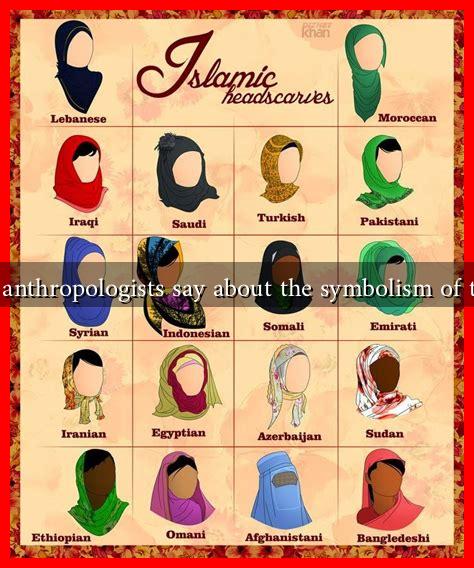-
Table of Contents
What Do Anthropologists Say About the Symbolism of the Hijab?
The hijab, a traditional headscarf worn by many Muslim women, has been a subject of extensive discussion and analysis within the field of anthropology. This article explores the multifaceted symbolism of the hijab, examining its cultural, religious, and social implications. By delving into various perspectives, we can better understand the hijab’s significance in contemporary society.
The Cultural Context of the Hijab
Anthropologists emphasize that the hijab is not merely a piece of clothing but a symbol deeply rooted in cultural identity. The meanings associated with the hijab can vary significantly across different societies and communities. Some key cultural aspects include:
- Identity and Belonging: For many women, wearing the hijab is a way to express their cultural identity and connect with their heritage.
- Resistance and Empowerment: In some contexts, the hijab serves as a form of resistance against Western cultural hegemony, allowing women to assert their autonomy and agency.
- Community and Solidarity: The hijab can foster a sense of belonging among women who share similar beliefs and values, creating a supportive community.
Religious Significance
From a religious perspective, the hijab is often viewed as a manifestation of modesty and piety in Islam. Anthropologists note that interpretations of the hijab can differ among various Islamic sects and communities. Some important points include:
- Qur’anic Foundations: The practice of wearing the hijab is rooted in Islamic texts, with verses in the Qur’an advocating for modesty.
- Personal Choice vs. Obligation: While some women wear the hijab as a religious obligation, others choose to do so as a personal expression of faith.
- Variability in Practice: The style and significance of the hijab can vary widely, from the simple scarf to more elaborate forms of dress, reflecting individual beliefs and cultural backgrounds.
Social Implications and Misconceptions
Anthropologists also highlight the social implications of the hijab, particularly in the context of globalization and modernity. The hijab has often been misrepresented in Western media, leading to stereotypes and misconceptions. Key insights include:
- Media Representation: The portrayal of hijab-wearing women in Western media often emphasizes oppression, neglecting the diverse experiences of these women.
- Intersectionality: The experiences of hijab-wearing women are shaped by various factors, including race, class, and nationality, complicating the narrative of oppression.
- Empowerment Narratives: Many women articulate their hijab-wearing experience as empowering, challenging the notion that it is solely a symbol of subjugation.
Case Studies and Real-Life Examples
To illustrate the diverse meanings of the hijab, several case studies provide valuable insights:
- France’s Burqa Ban: The 2010 ban on full-face veils in France sparked debates about secularism, women’s rights, and cultural identity, highlighting the complexities surrounding the hijab in public life.
- Social Media Movements: Initiatives like #HijabDay encourage women of all backgrounds to wear the hijab for a day, fostering understanding and solidarity across cultures.
- Personal Narratives: Many hijab-wearing women share their stories online, challenging stereotypes and showcasing the diversity of their experiences.
Conclusion: The Hijab as a Symbol of Complexity
In conclusion, anthropologists reveal that the hijab is a complex symbol that transcends simplistic interpretations. It embodies cultural identity, religious beliefs, and social dynamics, reflecting the diverse experiences of women who choose to wear it. Understanding the hijab requires a nuanced approach that considers individual agency, cultural context, and the impact of globalization. As society continues to evolve, so too will the meanings associated with the hijab, making it an enduring subject of study and discussion.
For further reading on this topic, you can explore resources from the American Association for the Advancement of Science and various anthropological journals that delve into cultural studies and gender issues.


